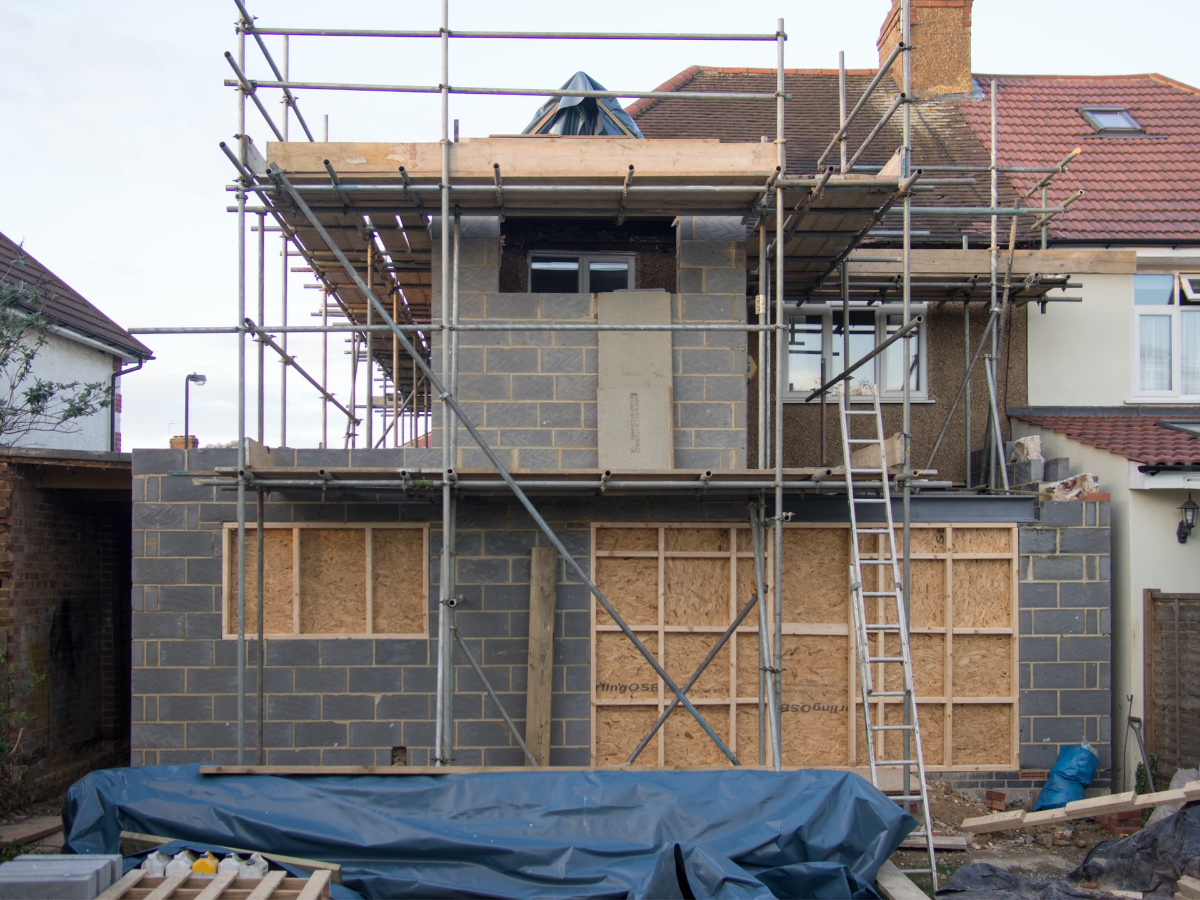Whether you're a builder, architect, or homeowner, learn how precast concrete lintels can enhance your construction projects and ensure structural integrity.
What Is A Precast Concrete Lintel?
Precast concrete lintels are essential structural parts typically used in building construction; they're installed above apertures such as windows and doors. Their function is to provide support and stability to masonry openings, accommodating the weight and load above the opening.
These lintels are uniquely designed with strength and durability in mind to provide a crucial support system for the structure's weight placed atop the openings; the manufacturing process of precast concrete lintels is carried out offsite in a controlled environment. This ensures they are high-quality and easily accessible to use.
Precast lintels are robust and hardwearing since they are designed to withstand various environmental conditions without compromising the stability of the structure they are supporting. By choosing to use these precast concrete lintels, builders and architects can ensure a sturdy and solid construction process - boosting the overall durability and structural integrity of the build.
Cracking Over Structural Openings
Following the post-war boom in house building, a number of new techniques and building methods were tried to save both time and materials.
One such innovation was the introduction of the pre-cast concrete boot lintel to support the outer skin of brickwork of the external walls above the windows and doors.
This comprised an “L” shaped (when viewed end on) beam placed in the inner leaf of blockwork of the wall, with the toe extending across the cavity to support the outer leaf of brickwork.
These are easily identifiable externally as the exposed section of the lintel does not extend beyond the width of the door or window opening.

However, this type of lintel has two shortcomings; firstly, as the toe extended across the cavity, the exposed surface would become cold, which resulted in a cold section of the wall internally in a phenomenon referred to as Cold Bridging. The second issue was structural. Due to the weight of the external brickwork and the length of the toe, the lintel was able to rotate.
This movement was not an issue initially, as any movement was limited by the presence of the tight-fitting original window and door frames. However, when replacement windows are installed, it is common practice to slightly undersize the frame to add the installation and to fill any gaps with expanding foam and sealed with a mastic or silicone weatherproof joint. This slight gap is sufficient to allow the lintel to rotate, resulting in a stepped pattern of cracking following the mortar joints above the structural opening.
A similar issue occurs when the original windows and doors were designed to support the brickwork above the openings without the need for a lintel and have been replaced. Two options are available to resolve the issue. Firstly, in the situation where no lintel is present in the external skin of brickwork, a replacement lintel can be installed; however, this option is harder to carry out where a boot lintel has been installed as the toe of the lintel is in the way.
An alternative approach is to rake out, normally three horizontal mortar joints across the full width of the opening, plus a further 300mm (12 inches) at each end to 50 per cent of the depth of the brickwork and to install proprietary stainless steel ties into the open mortar joint set in an epoxy mortar. This will bond the surrounding brickwork to the ties, creating a reinforced masonry beam. This option has the advantage of not requiring the window or door to be removed and is often more cost-effective where a large number of openings are affected.

History Of The Precast Lintel
Construction sites have significantly evolved over the years. In the 1920s, brickwork lintels were commonly used; these were largely integrated into the fabric of a structure to provide support for doors and window openings.
However, with the post-war boom, there were considerable shifts in the industry. Fresh and innovative building materials and techniques began to emerge - notably, L-shaped beams were introduced during this period.
These provided broader support over the openings in a structure and in turn, considerably improved the overall strength and resilience of buildings against 'Cold Bridging' (when parts of a wall became extremely cold due to the toe of the boot lintel expanding across the cavity).
This led to a significant advancement in the development of insulation techniques that were much more effective and reliable. Among these notable innovations were the precast concrete lintels.
These started to emerge and gain popularity due to the significant advantages they provided. For instance, precast lintels resisted dampness for construction - this made them an ideal choice for builders. One of the key driving factors behind the growing use of precast lintels was that they responded well to the changing needs of builders; precast lintels were not only quicker but also easier to install than traditional methods.
Furthermore, there are a couple of methods to mend broken lintel. The first approach often demands the addition of a new lintel - however, this can become a tricky affair, especially in situations where the lintel's toe obstructs the installation of the boot lintel. An alternative and more practical approach involves the removal of about three horizontal mortar joints.
Once the joints are removed, stainless steel ties are installed; the ties are positioned into the open mortar joint with an extra 12 inches at each end. The additional length penetrates up to the midpoint of the brickwork's depth - as a result, a reinforced masonry beam is created. When compared to the first technique, this method offers a bigger benefit.
How Much Does Concrete Lintel Cost?
The cost of concrete lintel in the UK typically depends on several factors, including its length, width, and weight-bearing capacity.
Broadly speaking, you can expect to pay anywhere from £15 to over £100 for a standard precast lintel, excluding VAT. It's key to note that the specific variety of lintel can also impact the final price.
Not only should you establish the exact type of lintel that your construction project needs, but also gauge the size of the gap it's required to bridge and the weight it needs to withstand.

Doing this ensures you get a suitable lintel which matches your project requirements and budget. So, although the average price of a concrete lintel can vary, remember that the cost can be influenced by the type of lintel, its dimensions and its weight-bearing capacity. Considering these aspects before making your purchase can help you estimate costs more accurately.
What Is The Minimum Bearing For Precast Lintels?
The minimum end bearing for a precast lintel is a crucial aspect that forms part of its design and assembly method. Essentially, the bearing refers to the portion of the lintel that is seated and supported by an adjacent structure or wall, and this area bears the entire weight of the lintel itself.
According to established building norms, a precast lintel must have an absolute minimum bearing of 150mm on each end of the opening - the minimum bearing specification aims to facilitate an even distribution of the weight supported by the lintel. In addition, it also prevents undue weight concentration, which could result in structural complications or failures.
Adherence to these norms is mandatory to guarantee the safety, stability, and longevity of a structure. Therefore, accurately perceiving the significance of the minimum bearing requirement should be regarded as an essential aspect in not only the fitting of a lintel but also in ensuring all structures constructed with these lintels are sturdy, secure, and most importantly, compliant with all the requisite building regulations. By evenly distributing the weight that the lintel has to bear, it prevents any imbalances or overloading that could jeopardise the structural integrity of a building.
Are you looking for professional survey services in Maidstone and Kent? If you have any questions regarding our services please simply get in touch.





